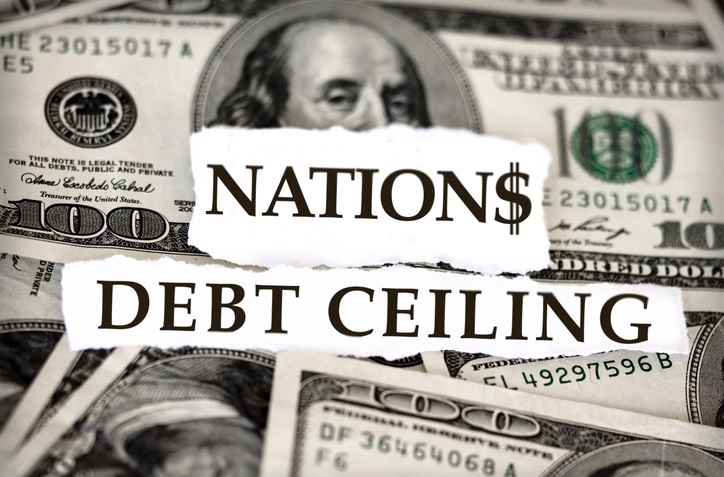The US dollar gained strength into the weekend alongside equity markets following the news that the White House and congressional Republicans are closing in on a deal to raise the government’s capacity to borrow money.
Effectively, if the deal is agreed it will mean the S staving off a damaging default on its debt. The emerging deal would limit most spending for two years, exempting military and veterans programmes.
The EURUSD pair sunk towards the 1.0700 area and the major US indices rallies as Republicans and Democrats said they have made progress in their negotiations.
Another reason why the US dollar was gaining because Fed member Mester said that “she may have to revise up her inflation projections in the next SEP in June.”
She noted that “Data confirms inflation is still too high” and PCE inflation underscored slow progress”. This basically means that very thing is on the table for June FOMC in terms of whether they hike.
Just like in the market, you can see Fed officials beginning to fret about inflation. The May CPI report will be critical for determining what way the Fed move.
Mester also noted that the “Fed is committed to lowering inflation in a timely way” and she “Hasn’t seen much sign that banking stress is affecting credit conditions.”
Data in the USA session showed that new orders for US manufactured durable goods rose by 1.1 percent from a month earlier in April 2023, following an upwardly revised 3.3 percent growth in March and easily beating market expectations of a 1.0 percent decline.
Demand for transport equipment was up 3.7 percent, as a sharp increase in demand for defense aircraft (32.7 percent) was enough to offset declines in orders for civilian aircraft (-8.3 percent) and vehicles (-0.1 percent).
Orders for non-defense capital goods excluding aircraft, a closely watched proxy for business spending plans, rose 1.4 percent in April, rebounding from a 0.6 percent drop the month before.




